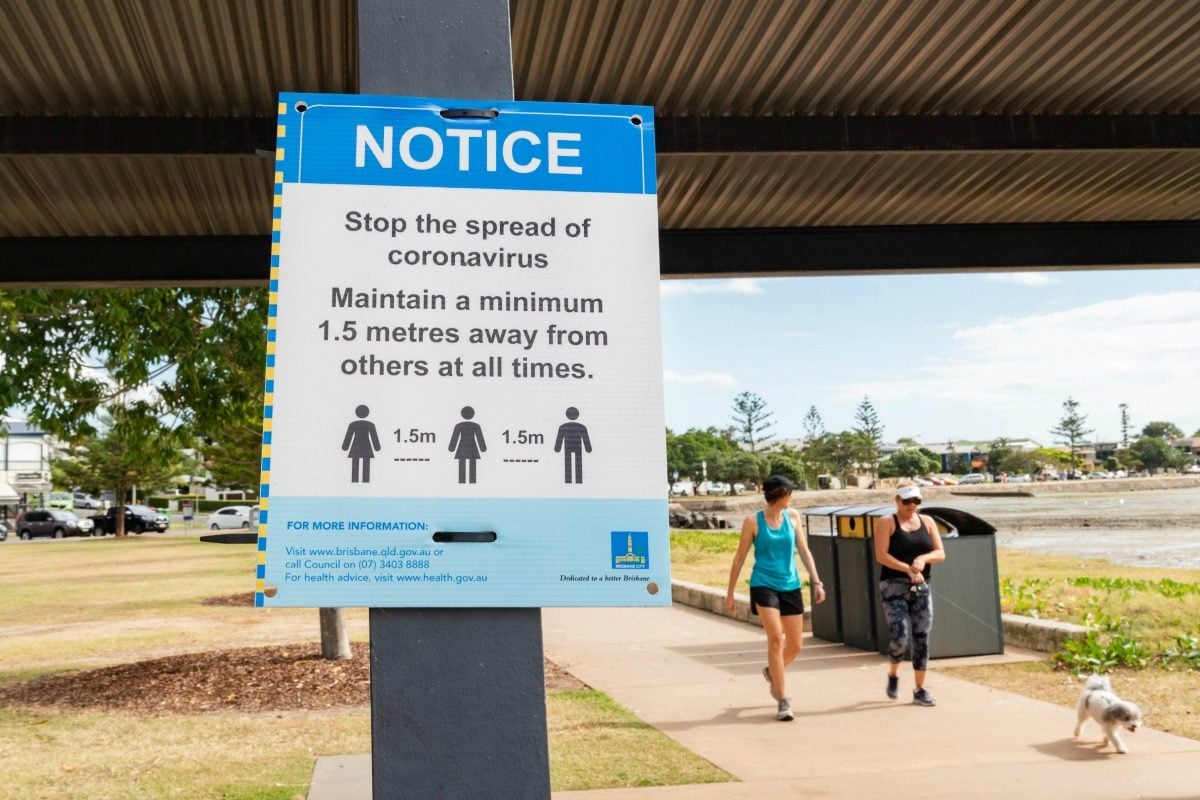
The federal government has been presented with two COVID-19 recovery plans: controlled adaptation with restrictions eased sooner, or elimination, which could keep restrictions in place until June but increase public confidence and economic activity.
More than 100 researchers contributed to the ‘Roadmap to Recovery’ report which was delivered to Health Minister Greg Hunt and the Australian Health Protection Principal Committee this week, the Sydney Morning Herald reported.
Thursday, April 30 coronavirus headlines. Post continues below video.
Hunt has labelled Australia’s low case numbers of COVID-19 a “cause for hope”, and some states have begun relaxing social distancing measures.
Prime Minister Scott Morrison has indicated no national restrictions will be eased before May 11.
Hunt said the report from researchers would “help inform, guide and where necessary challenge our ongoing work and for that I am deeply thankful”.
These are the two options put forward by the report for how to ease Australia out of social distancing and put us on the road to recovery from the coronavirus pandemic:

